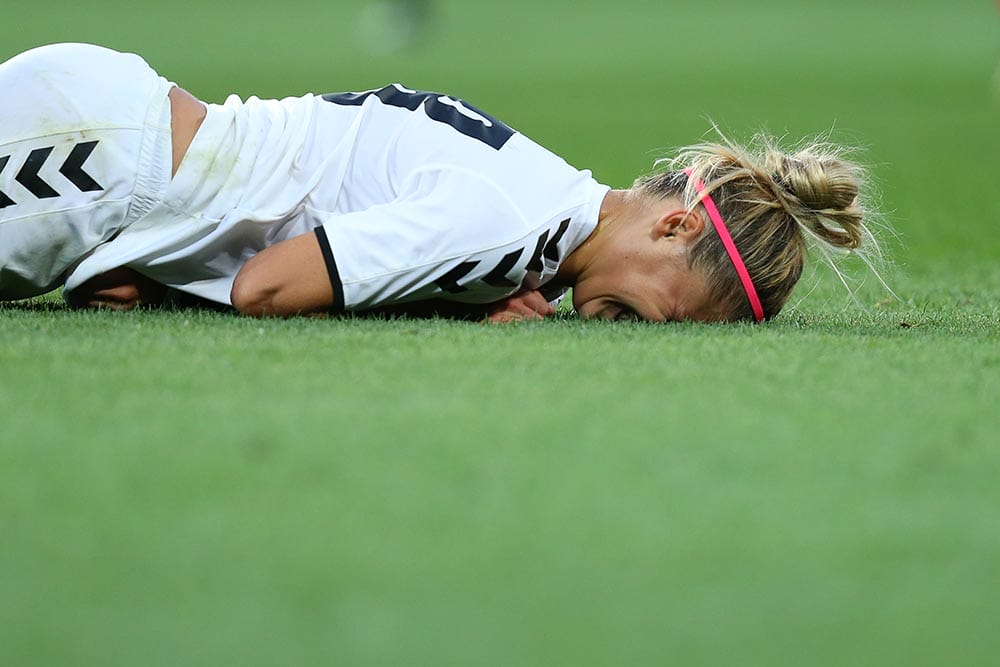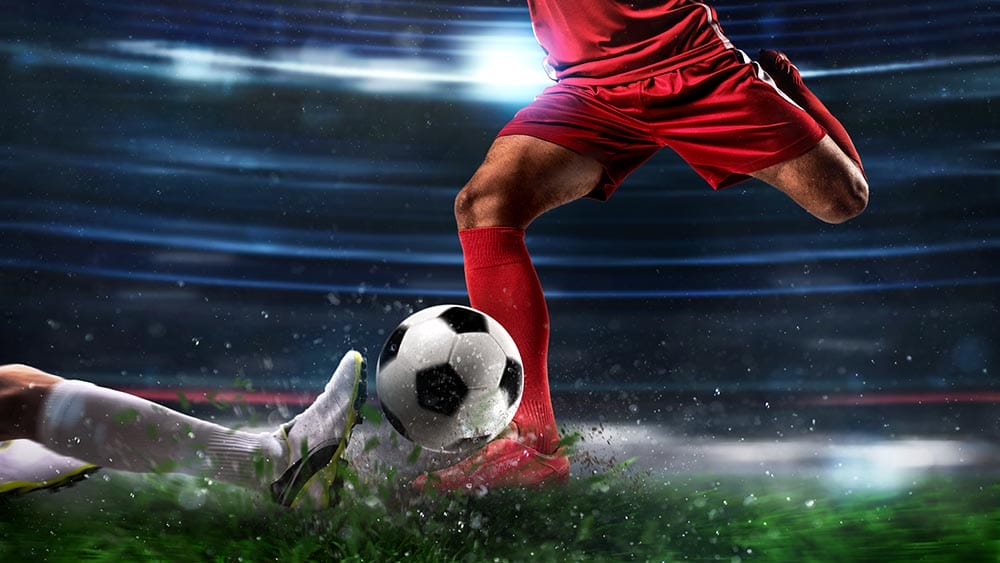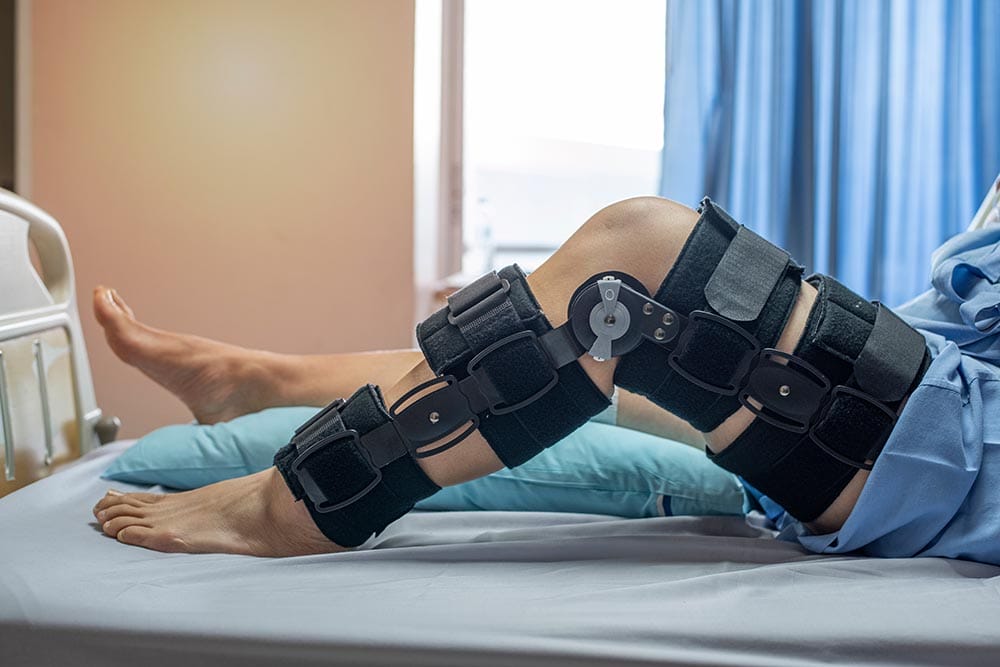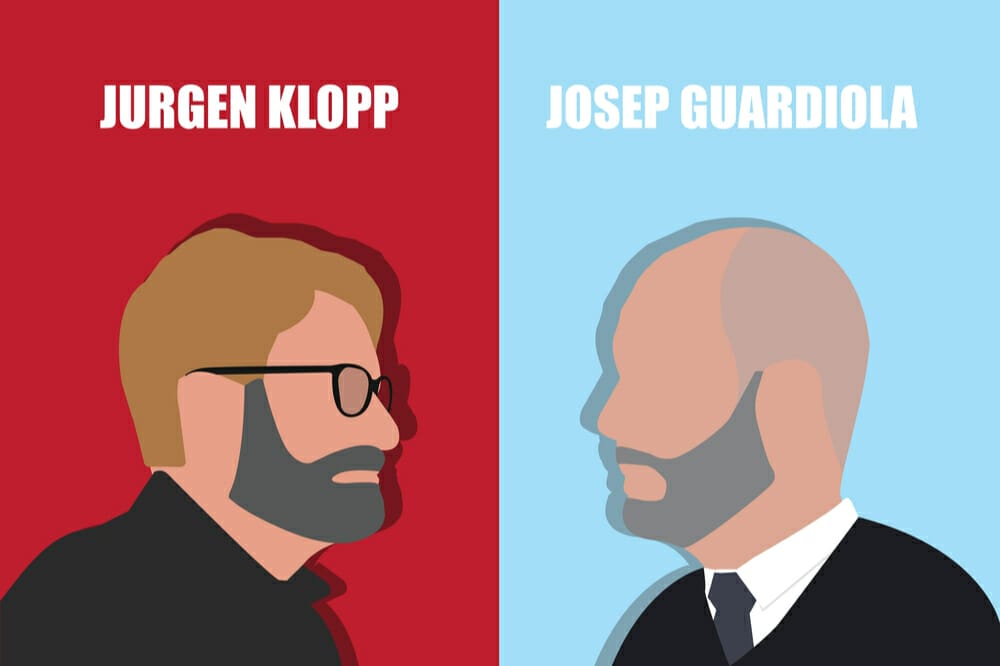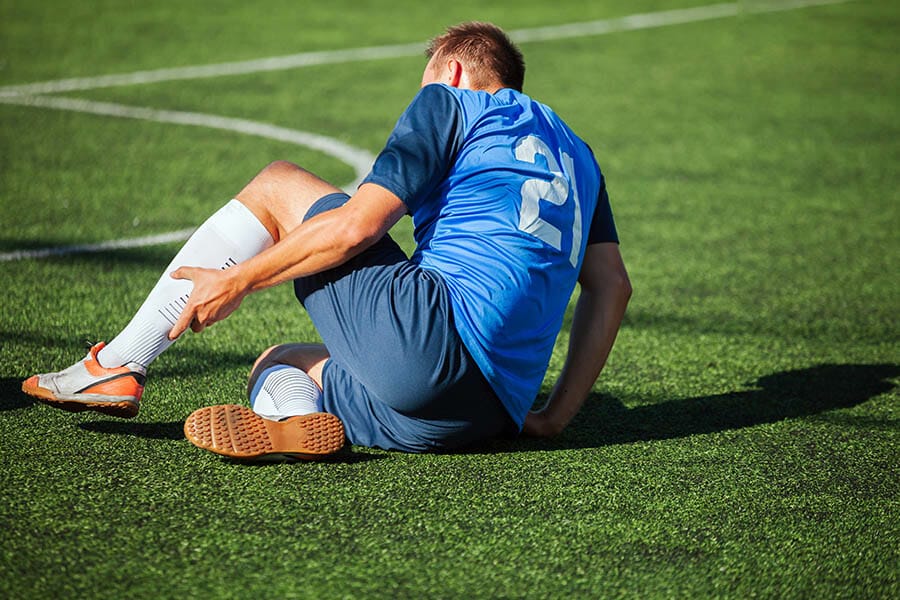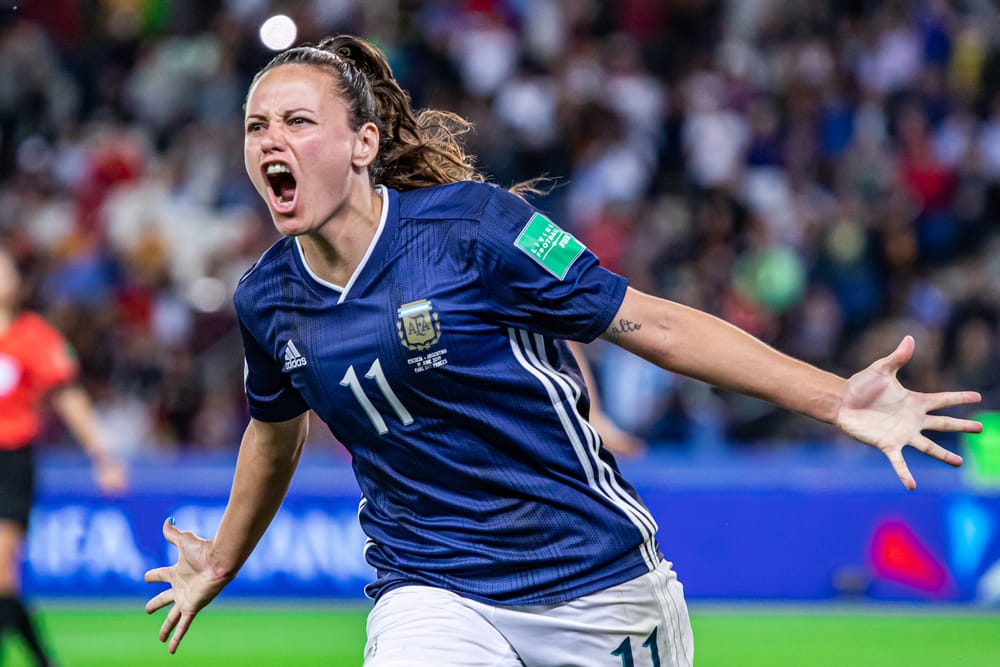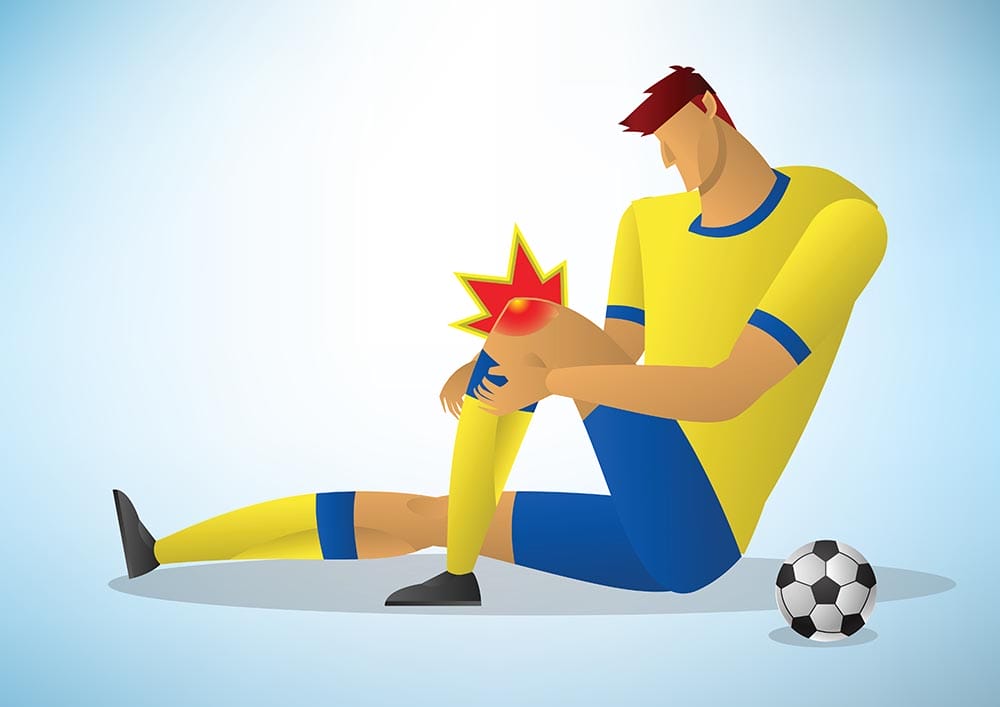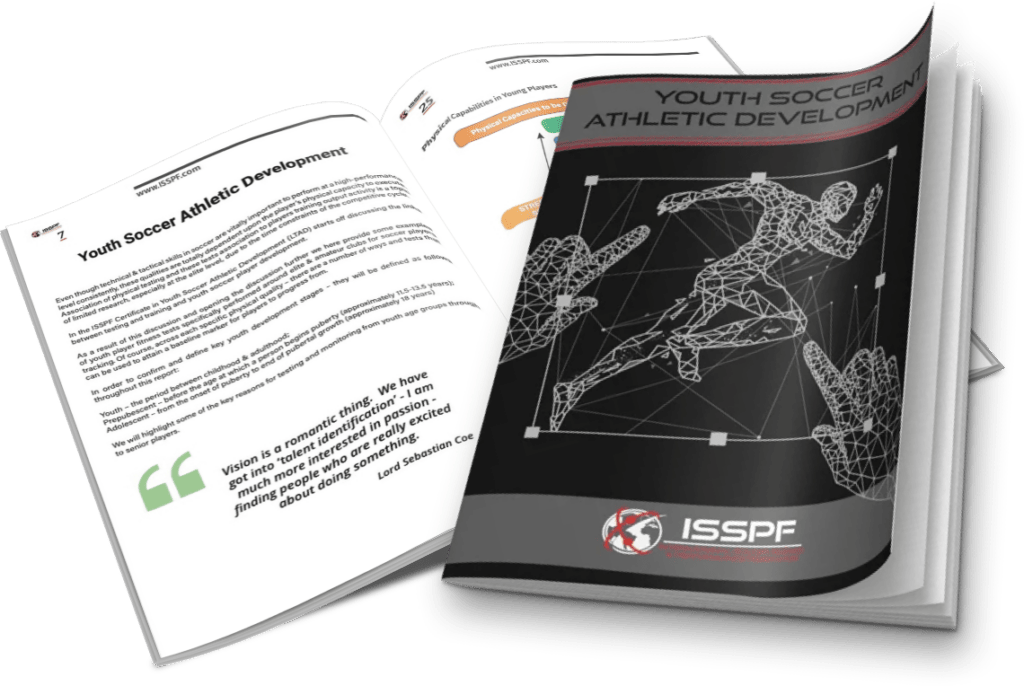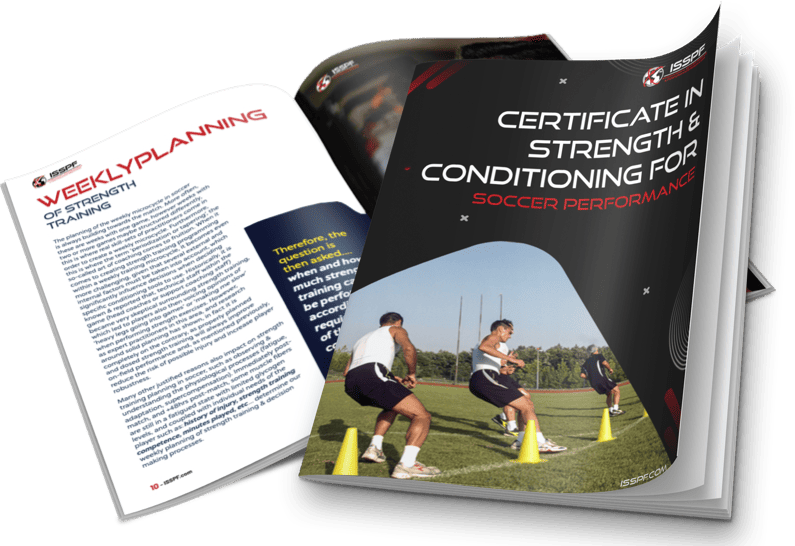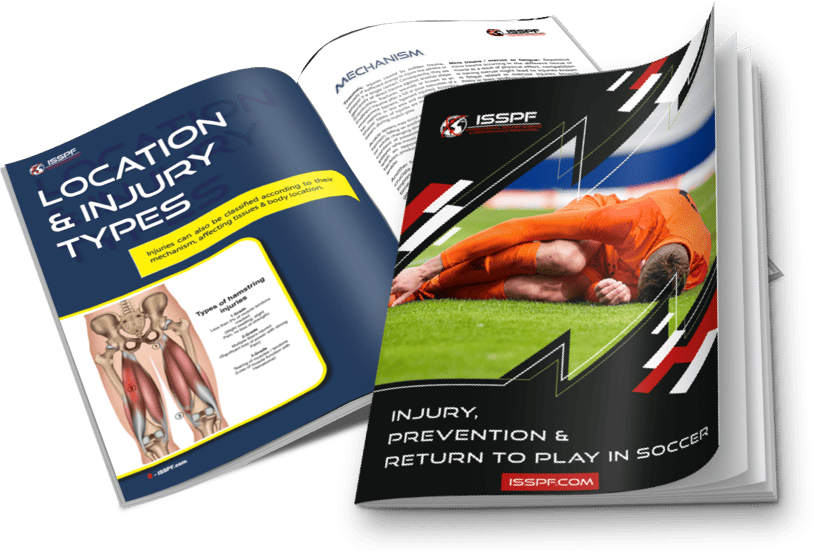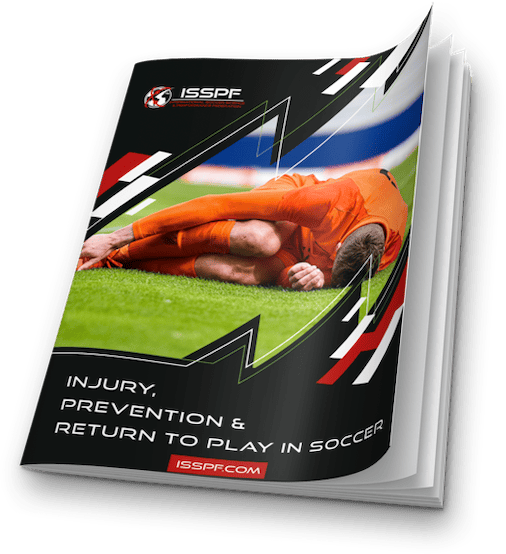Positional Demands and the Link to Soccer Injuries: A Comprehensive Analysis and Physio Approach
Written By: Bianca Castro PT, DPT, OCS
In the realm of sports injuries, understanding the impact of risk factors on potential injury is pivotal in devising sport-specific injury prevention strategies. In soccer, the most common injuries can be prevented if we are equipped with in-depth knowledge about these risk factors. This enables us to maintain our athletes’ health and ensures their constant presence on the field and availability to succeed.
Soccer injury risk is a complex issue, often linked with player-specific factors such as age, previous injury history, and overall movement strength and efficiency. However, we cannot overlook the contribution of secondary risk factors, including the player’s specific playing or tactical position in the team. Each soccer position, despite involving common movements like sprinting, skipping, walking, pivoting, and sliding, requires distinct levels of these activities. The varied physical demands per position hint at the necessity for position-tailored preparation and conditioning stimuli.
A deeper exploration of the data reveals a trend: most soccer injuries occur during matches rather than training sessions. Therefore, identifying positional differences and understanding how they translate into varied game demands could be instrumental in formulating position-specific training plans.
FREE GUIDE: INJURY PREVENTION & RETURN TO PLAY
Click the button below to download a comprehensive guidebook covering the common injuries in soccer, how to minimize them, and safe techniques for swiftly returning injured players back to full match fitness.
DOWNLOAD
FREE!
Strikers, for instance, indulge in the highest-intensity activities during games, including unique movements like jumping, falling, and landing. Despite their high intensity of running, they cover the shortest distance along with central defenders. Moreover, strikers execute the least number of turning movements which might link directly to the injury rates and mechanical issues or lack of.
On the other hand, central midfielders, tasked with connecting the field both in and out of possession, whilst maintaining a balance between defending and attacking, cover the longest distance during a match.
Interestingly, they engage in fewer high-speed activities, possibly due to congestion in the central midfield region. Defenders, especially those positioned in full-back regions or positions, also partake in high levels of high-intensity activities, with central defenders covering the least overall distance. Defenders notably perform the most lateral and backward movements and are involved in the highest number of sliding motions when compared with other players in the pitch.
Injury prevalence varies across positions, possibly due to these physical demands. Forwards, including wingers and strikers, commonly sustain hamstring strains, while defensive positions, including defensive midfielders, frequently experience groin injuries.
Elite-level soccer predominantly sees muscle injuries, with hamstring, adductor, quadriceps, and calf accounting for 90% of them. Players with prior hamstring or groin injuries are 2-3 times more likely to encounter a similar injury in the subsequent season.


Interestingly, these injury mechanisms appear to be position-dependent. Strikers, who perform the most sprinting and high-velocity movements, are at higher risk of hamstring strains. Defenders, often involved in changing directions, are prone to groin injuries. These positional demands underscore the necessity for position-specific training, focusing on sprinting, endurance, and directional drills.
Though research is ongoing, our understanding of these distinct field demands can guide interventions to mitigate injuries. This approach could be the key to maintaining a healthy, high-performing soccer team.
Understanding and Managing Soccer Injuries
Soccer is an exciting and physically demanding sport, but it also comes with the risk of injuries.
As a coach, player, or sports professional, it is essential to have a comprehensive understanding of soccer injuries and the necessary steps to prevent, treat, and rehabilitate them. ISSPF as an organisation aim to provide you with valuable insights into the world of soccer injuries, equipping you with the knowledge and techniques to enhance player safety and optimize their performance on the field.
Common soccer injuries include sprained ankles, hamstring strains, knee injuries (such as ACL tears), and concussions. Understanding the causes, risk factors, and mechanisms of these injuries is vital in implementing preventive measures.
Proper warm-up routines, adequate strength and conditioning programs, and correct playing techniques can significantly reduce the occurrence of soccer injuries. When injuries do happen, timely and appropriate treatment is crucial.
This involves accurate diagnosis, effective pain management, and tailored rehabilitation plans. Working closely with healthcare professionals, such as sports physicians, physiotherapists, and sports therapists, can ensure optimal recovery and minimize the risk of long-term complications.
Rehabilitation plays a pivotal role in the recovery process after a soccer injury. It aims to restore strength, mobility, and functionality while preventing re-injury.
Techniques such as therapeutic exercises, proprioceptive training, and sports-specific drills are employed to gradually reintegrate players back into the game safely and efficiently. Staying updated with the latest research and advancements in soccer injury prevention and treatment is crucial for coaches, trainers, and healthcare professionals.
By continually expanding your knowledge in this field, you can implement evidence-based strategies and contribute to the overall safety and well-being of soccer players.
If you are interested in enhancing your understanding of soccer injuries and acquiring the necessary skills to manage them effectively, consider enrolling in a comprehensive soccer injury prevention and management course. These courses provide in-depth knowledge, practical techniques, and real-life case studies to equip you with the expertise needed to handle soccer injuries with confidence.
Conclusion
Soccer injuries are an inherent part of the game, but with the right knowledge and strategies, their occurrence and impact can be significantly reduced. By investing in your understanding of soccer injuries, you can play a crucial role in ensuring the safety, health, and long-term success of soccer players.
What Next?
- Develop Your Career in Football Science with ISSPF Online Sports Science Courses
Explore bespoke and accredited online sports science courses endorsed by ISSPF. Take your sport science career to the next level, specializing in football medicine, coaching science, and injury prevention.
- Growing Demand for Sports Science, S&C Coaches, and Physiotherapists in Football and Team Sports
The demand for sports science, strength and conditioning coaches, physiotherapists, and performance specialists in football and team sports is rapidly increasing. Many students graduate from university with degrees in sports science, physiotherapy, or therapy-related qualifications, but they often find themselves asking important questions:
- What should I do next in my career?
- What are the next steps for me?
- Which area of sport or football science and medicine should I specialize in?
- How can I advance my learning and skills?
Addressing these questions is crucial as transitioning from completing a sporting, medical, or therapy-related degree to working in professional football requires a deep understanding of the key components and soft skills associated with jobs in football and sports careers.
At ISSPF Fitness, Medical & Football Science Faculty, we have developed bespoke courses to further expose and up-skill learners, parents, professional coaches, students, and individuals interested in football science. Our courses are designed to quench your thirst for knowledge and development.
By clicking the link below, you will gain access to our highly popular and expertly designed ISSPF endorsed and accredited online sport science courses. These courses offer valuable insights into football medicine and coaching science through research-led content and practical examples used by the industry’s leading practitioners.
The Certificate in Soccer Injury, Prevention & Return to Play is one of our flagship courses and it provides the latest research-driven methods and best practices for minimizing player injuries and safely returning them to full match fitness.
Coaches at all levels of the game can benefit from the course, gaining knowledge, research insights, practical examples, and specific training techniques for injury prevention and return to play. The course comprises 12 focused lectures delivered by industry-leading experts, covering the most up-to-date injury reduction and RTP techniques.
You’ll also learn about the risk-reduction processes adopted by elite clubs to maximize player and team performance.
This course is suitable for individuals tasked with the responsibility of managing and rehabilitating football players from a training, preparation, coaching, and rehabilitation perspective.
The Certificate in Soccer Injury, Prevention & Return to Play
References (click + expand)
- Ekstrand J, Hägglund M, Waldén M. Epidemiology of muscle injuries in professional football (soccer). Am J Sports Med. 2011 Jun;39(6):1226-32. doi: 10.1177/0363546510395879. Epub 2011 Feb 18. PMID: 21335353.
- Hägglund M, Waldén M, Ekstrand J. Previous injury as a risk factor for injury in elite football: a prospective study over two consecutive seasons. Br J Sports Med. 2006 Sep;40(9):767-72. doi: 10.1136/bjsm.2006.026609. Epub 2006 Jul 19. PMID: 16855067; PMCID: PMC2564391.
- Bloomfield J, Polman R, O’Donoghue P. Physical Demands of Different Positions in FA Premier League Soccer. J Sports Sci Med. 2007 Mar 1;6(1):63-70. PMID: 24149226; PMCID: PMC3778701.
- Abbott, W., Brickley, G., & Smeeton, N. J. (2018). Physical demands of playing position within English Premier League academy soccer. Journal of Human Sport and Exercise, 13(2), 285–295. https://doi.org/10.14198/jhse.2018.132.04
- Jokela A, Valle X, Kosola J, Rodas G, Til L, Burova M, Pleshkov P, Andersson H, Pasta G, Manetti P, Lupón G, Pruna R, García-Romero-Pérez A, Lempainen L. Mechanisms of Hamstring Injury in Professional Soccer Players: Video Analysis and Magnetic Resonance Imaging Findings. Clin J Sport Med. 2023 May 1;33(3):217-224. doi: 10.1097/JSM.0000000000001109. Epub 2022 Nov 25. PMID: 36730099; PMCID: PMC10128906.
- Serner A, Mosler AB, Tol JL, Bahr R, Weir A. Mechanisms of acute adductor longus injuries in male football players: a systematic visual video analysis. Br J Sports Med. 2019 Feb;53(3):158-164. doi: 10.1136/bjsports-2018-099246. Epub 2018 Jul 13. PMID: 30006458.
- Onaka, Giuliano & Gaspar-Jr, Jair & Graças, Dayana & Barbosa, Fernando & Martinez, Paula & Oliveira-Junior, Silvio. (2017). Sports injuries in soccer according to tactical position: a retrospective survey. Fisioterapia em Movimento. 30. 249-257. 10.1590/1980-5918.030.s01.ao24.
- Kalkhoven, Judd & Watsford, Mark & McLean, Blake & Sides, Deborah. (2020). The evidence indicates that the hamstrings do not behave isometrically during the swing phase of the sprint cycle: a narrative review. 10.31236/osf.io/8ujt2.
- Chen, Y.; Lo, T.-Y.; Xu, F.; Chang, J.-H. Biomechanical Characteristics for Identifying the Cutting Direction of Professional Soccer Players. Sci. 2021, 11, 7193. https://doi.org/10.3390/app11167193
Share this article:
